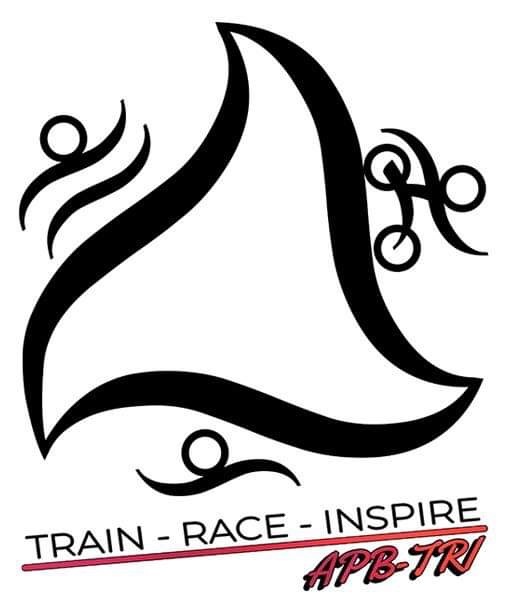Since I already covered the most common type of pain for cyclists (lower back), it’s only fair to discuss problem pretty much every runner has to deal with sooner or later: knee pain. I suffer from it on occasion, especially after particularly long runs. Based on what I have read, other than acute injuries (like spraining your knee) and illnesses (like arthritis), there are four main sources of knee pain. Disclaimer: if your joints are swollen, things are not healing or if you are really concerned, go see a doctor.
Strained calf muscle
I’m definitely starting with the easiest one… Pain in the back of your knee is most likely to be caused by strained calf muscle. I guess that could actually count as an acute injury… This one is just full of good news: just let your leg rest, some ice and if you want to get fancy, deep tissue massage will help.
Patellar tendon strain
Patellar tendon is the one that connects your knee cap to your shinbone. You will usually feel it as you push off during running and the pain exacerbates on hills. You can solve the problem in the short term by using straps below your knee or through patellar taping. Ice and rest are always a runner’s go-to and it may grant you relief. However, over time, the problem may increase to the point that every attempt at running hurts. Figuring out the problem and finding a long term solution is better. Overpronation and weak gluteal or medial quad muscles contribute to the problem. First thing you should look at are your running shoes. Speaking from experience: if you are not tracking mileage on your shoes, you may find out that they are worn out and don’t provide you with sufficient support by developing pain in your knees. Also, not having shoes that correct for your overpronation can lead to pain in your knees. Fortunately, that’s an easy fix and all it takes is either a trip to a store or online order. The other issue takes longer to resolve. You may need to focus on your glutes and quads at the gym (yes, don’t skip your legs at the gym!). Stretching quads and hamstrings will also help avoid developing strain in you patellar tendon.
Illotibial band syndrome
Isn’t that a fancy name? It has to do with inflammation of the illotibial band or bursa (fluid sack in your knee) getting squeezed by the illotibial band (I wonder how many times I have to write ‘illotibial’ before I remember the word?). It tends to get worse the more you run/ the further you go and on hills. There are some temporary fixes, like icing your knee or straps and taping. However, as per usual, that won’t really fix the problem, just kick the can down the road. Oh, another piece of advice I just ‘loved’: avoid running on hills. Well, outside of a treadmill and track, I am not sure how you’d achieve that. So the first step in truly addressing the problem is making sure you have good/proper running shoes. The next one is in case one of your legs is shorter than the other (I assume they are referring to more significant amount, since most of us have some small difference in leg length), put lifts in your shoe on your shorter leg. Have you already guessed what the real solution is for vast majority of us? You are right: hit the gym and work on your leg strength. You should focus on your glutes and core muscle to help with this.
Patellofemoral pain syndrome
This is what most of us think when we say runner’s knee. Runner’s knee is pain under the knee cap. It gets worse after running and when walking up and down the stairs (remember that after some of your long runs?). It happens when the patella (fancy name for the knee cap) moves out of alignment, causing irritation to the cartilage. You usually get here when your mechanics during the run are off. For immediate relief, anti inflammatory meds and ice will help. You can reduce mileage and cross-train during the recovery. But the truth is that at the end of the day, you need to do something about your mechanics. From what I have learned from Diana (my personal goddess of sports), the reason why you develop this problem during your long runs is because your step becomes off as your muscle tires. It happened to me in the worst possible way during my Philly marathon due to my hip problem – I was subconsciously adjusting my stride to take pressure off my left hip, creating awkward stride and putting stress on my left knee. Yes, it hurt. A lot. Have you guessed already what the fix to this problem is? Yes, you guessed it! Strength training for your legs. Gluteus medius and quads to be precise. And don’t forget to stretch your hips and hamstrings!
When doing my research and even more so while writing this post, I was just seeing the recurring theme: make sure you have good shoes and hit the gym. At the gym, it’s easy to get an impression that many people skip the leg days (chicken legs anybody?) because they either only care about the appearance of their upper body or they think that their legs are taken care of because they run/bike enough. Clearly, working on strong legs is essential to avoiding knee problems. I am adding exercises for avoiding knee pain to my list of workout videos I need to create!
